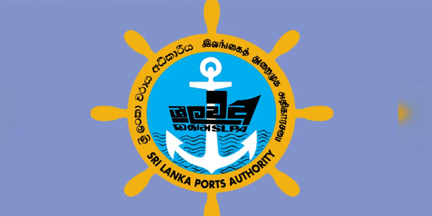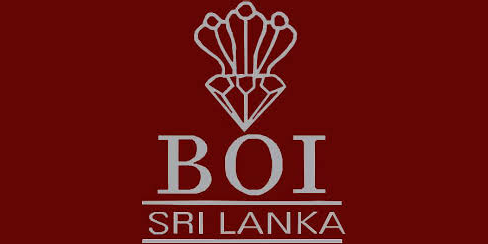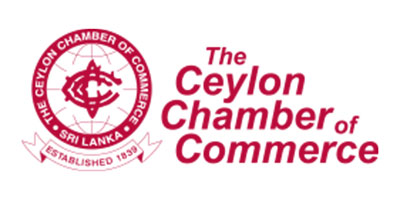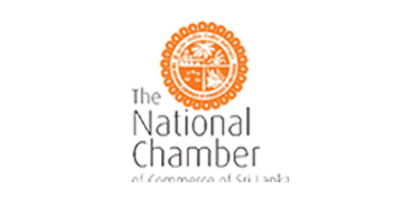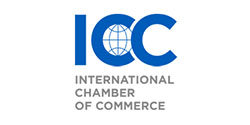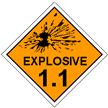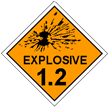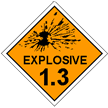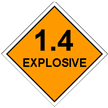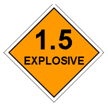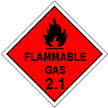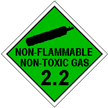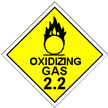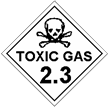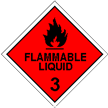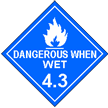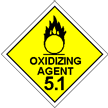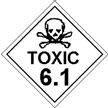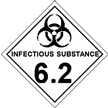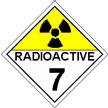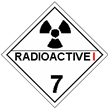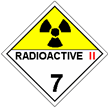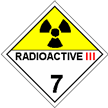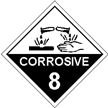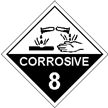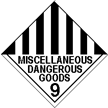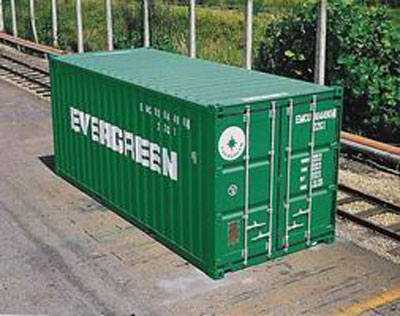Resources
Explosives

Gases

Flammable liquids

Flammable solids

Oxidizing agents and organic peroxides

Poisonous toxic and infectious substances

Radioactive substances

Corrosive substances

Miscellaneous dangerous substances

Typical Dimensions
| Exterior | Interior | Door Opening | ||||||
| Length | Width | Height | Length | Width | Height | Width | Height | |
| 10′ Standard Dry Container | 10′ | 8′ | 8’6″ | 9′ 3″ | 7’8″ | 7’9-7/8″ | 7”8″ | 7’5″ |
| 20′ Standard Dry Container | 20′ | 8′ | 8’6″ | 19’3″ | 7’8″ | 7′ 9 7/8″ | 7’8″ | 7’5″ |
| 40′ Standard Dry Container | 40′ | 8′ | 8’6″ | 39′ 5″ | 7’8″ | 7′ 9 7/8″ | 7’8″ | 7’5″ |
| 40′ High Cube Dry Container | 40′ | 8′ | 9’6″ | 39′ 5″ | 7’8″ | 8′ 10″ | 7’8″ | 8′ 5 1/2″ |
| 45′ High Cube Dry Container | 45′ | 8′ | 9’6″ | 44′ 5″ | 7’8″ | 8′ 10″ | 7’8″ | 8′ 5 1/2″ |
| 53′ High Cube Dry Container | 53′ | 8’6″ | 9’6′” | 52′ 5″ | 8’2″ | 8′ 11″ | 8’2″ | 8′ 10″ |
| 20′ Refrigerated Container | 19′ 10.5″ | 8′ | 8’6″ | 17′ 11″ | 7’6″ | 7’6″ | 7”5″ | 7’3″ |
| 40′ High Cube Refrigerated Container | 40′ | 8′ | 9’6″ | 37′ 11″ | 7’6″ | 8’4″ | 7”6″ | 8’4″ |
Typical Weights / Capacity
| Cubic Capacity | Tare Weight | Max Gross | Max Payload | |
| 10′ Standard Dry Container | 550 cu. ft. | 2,850 | 22,360 | 19,510 |
| 20′ Standard Dry Container | 1,165 cu. ft. | 5,050 | 67,200 | 62,150 |
| 40′ Standard Dry Container | 2,350 cu. ft. | 8,000 | 67,200 | 59,200 |
| 40′ High Cube Dry Container | 2694 cu. ft. | 8,775 | 67,200 | 58,425 |
| 45′ High Cube Dry Container | 3043 cu. ft. | 9,810 | 72,800 | 62,990 |
| 53′ High Cube Dry Container | 3857 cu. ft. | 11,110 | 67,200 | 56,090 |
| 20′ Refrigerated Container | 1,010 cu. ft. | 6,503 | 52,800 | 46,407 |
| 40′ High Cube Refrigerated | 2,380 cu. ft. | 9,590 | 70,550 | 60,960 |
Maritime safety and the verified gross mass

The international convention for the Safety Of Life At Sea (SOLAS) is a maritime treaty Which requires signatory flag states to ensure that ships flagged by them comply With minimum safety standard in construction, equipment and operation.
On 1st July 2016, the international Maritime Organization (IMO) amended the SOLAS Convention to improve safety, help save lives and prevent injury.
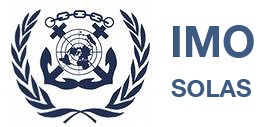
The amendment introduced further regulation of the Verified Gross Mass (VGM) of shipping containers. The VGM is the measurement of a shipping container’s total weight, including its contents. There has always been a SOLAS requirement to declare the gross weight of a container, however, the new regulation added an extra level that means the stated mass of containers must now be verified.
From avoiding injury to preventing cargo damage and loss, the declaration of the accurate gross mass of a packed container is critical to maritime safety. Knowing the container VGM ensure that containers are stowed and stacked correctly and negates the risk of stacks collapsing or being lost overboard. The verification ensures that the mass declared is a true reflection of the stated gross mass of the packed container.
What this translates to is a new regulation on how shipping container weight details are measured. Currently, there are two approved methods of measuring a container’s VGM:
METHOD 1
The container is weight after it has been fully packed either by the shipper themselves or by a third party.
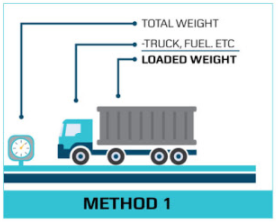
METHOD 2
The container and all contents are weighed separately before the container is packed by either the shipper themselves or by a third party. The resulting weight are then added together to form the VGM.
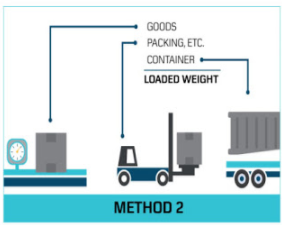
(In both methods, all weighing equipment used must comply with accuracy standards as per the relevant country/state’s regulations)


